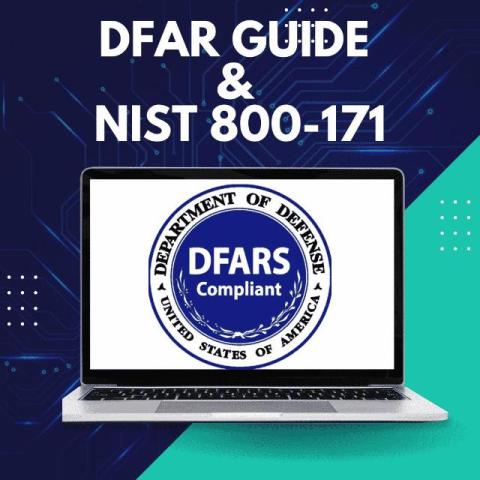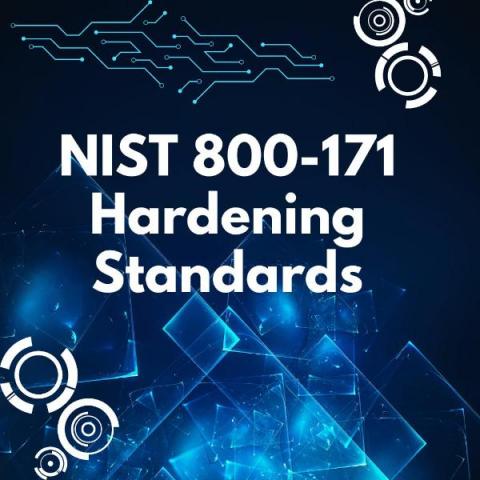A Comprehensive Guide to NIST SP 800-53B compliance in 2024
NIST 800-53B, Control Baselines for Information Systems and Organizations, offers security and privacy control baselines for the Federal Government. It serves as a companion to NIST Special Publication (SP) 800-53, Revision 5, which outlines security and privacy controls for information systems and organizations.




